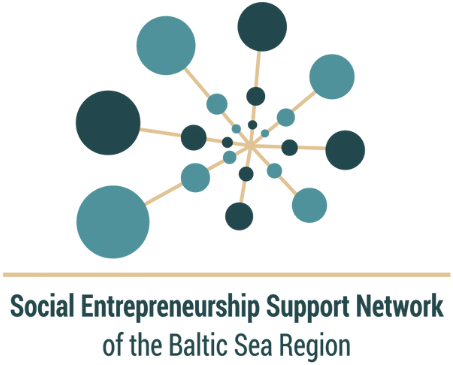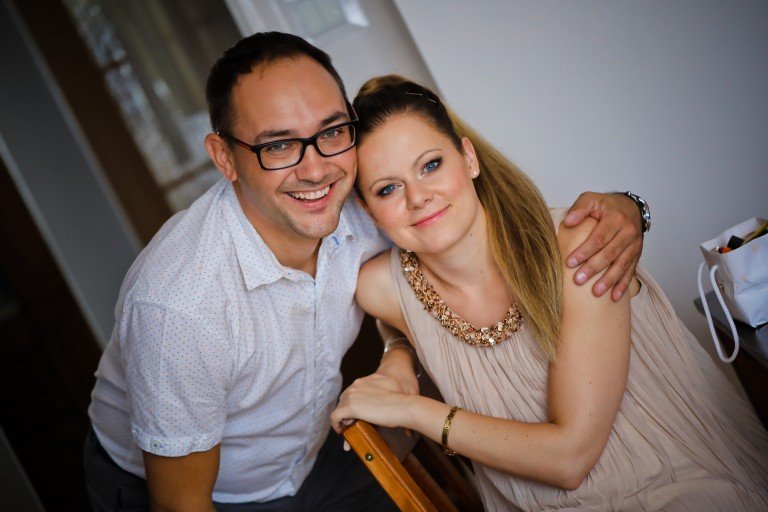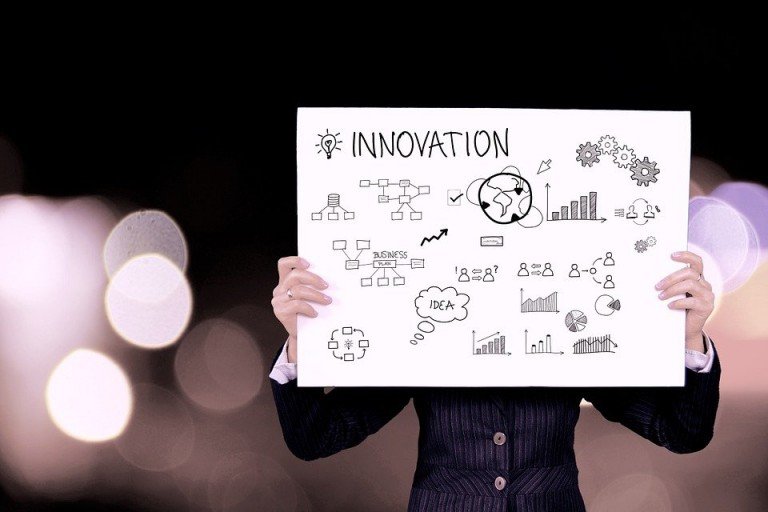Millennials Are Finding New Models For Driving Change
During the 2016 presidential election, many millennials considered voting to be the most generous way they might donate a little bit of time to move the country forward. “The attention a presidential election necessarily shines on social issues had not inspired millennials to get any more involved than they normally had been,” notes the authors of the recently released 2017 Millennial Impact Report, part of an annual series that surveys how deeply millennials engage with cause work, which is supported by Achieve, a research and marketing agency, and backed by the Case Foundation.
Then Donald Trump happened. Six months into a presidency focused on repealing the Affordable Care Act, building a border wall, banning immigrants, and tacitly condoning many forms of bigotry, over 70% of millennials felt upset or unsure about the direction the country was heading, according to a representative survey of 3,000 young people noted in the most recent report. That number has stayed not only stayed consistent as Trump’s term has progressed, but led the majority of young Americans to believe that the country is “currently off track” in its decisions and value system, according to the report’s analysis.
Continue to the original story.








